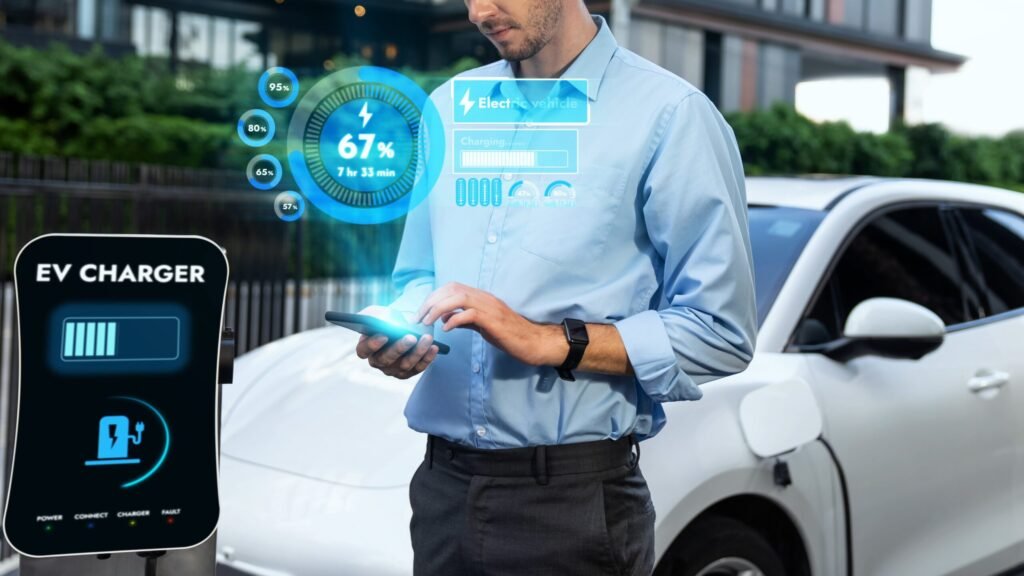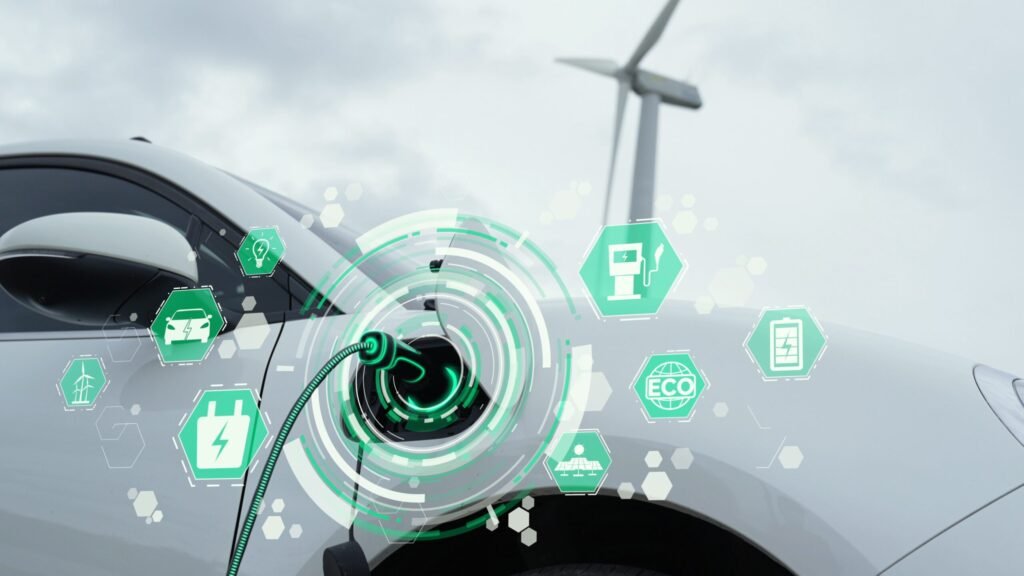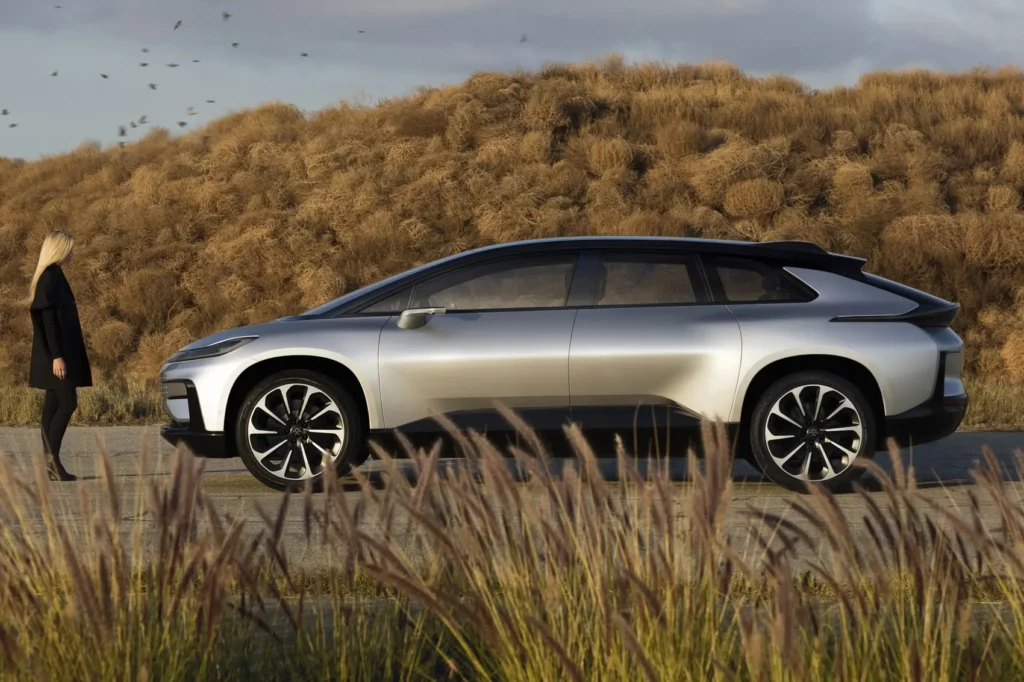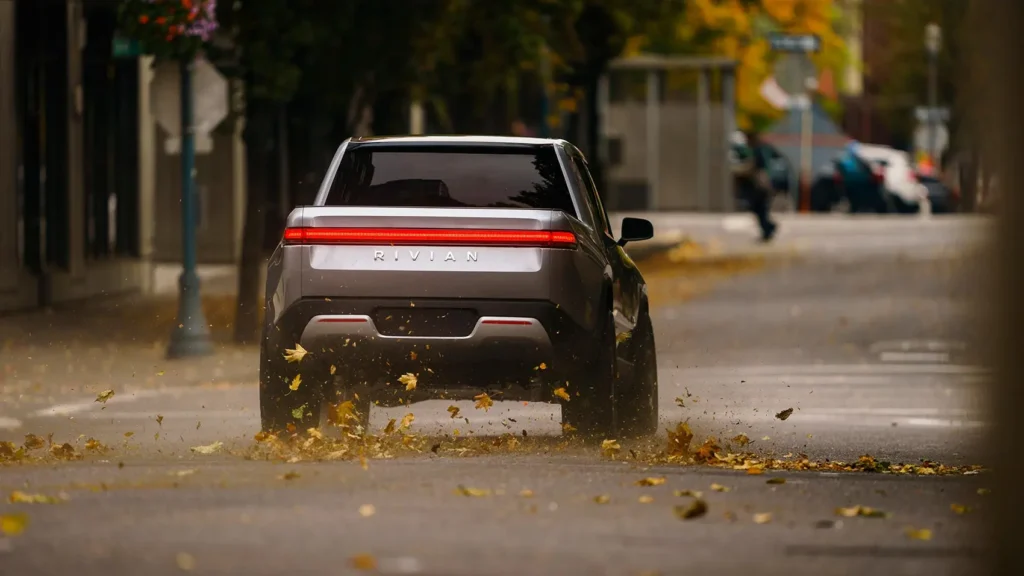As electric vehicles surge in popularity worldwide, a critical challenge emerges: what happens to EV batteries once they reach the end of their vehicular life? The answer lies at the intersection of sustainability and innovation, where EV battery recycling and second-life storage are revolutionizing the industry. Today’s smart technologies are transforming what was once considered a looming waste crisis into an opportunity for resource recovery and energy storage innovation through advanced EV battery recycling and second-life storage solutions.
With the global electric vehicle battery market projected to reach $82 billion by 2030, the need for sophisticated lifecycle management has never been more urgent. Smart technologies—from artificial intelligence to IoT sensors—are creating unprecedented opportunities to extend battery usefulness long after their initial automotive purpose ends.
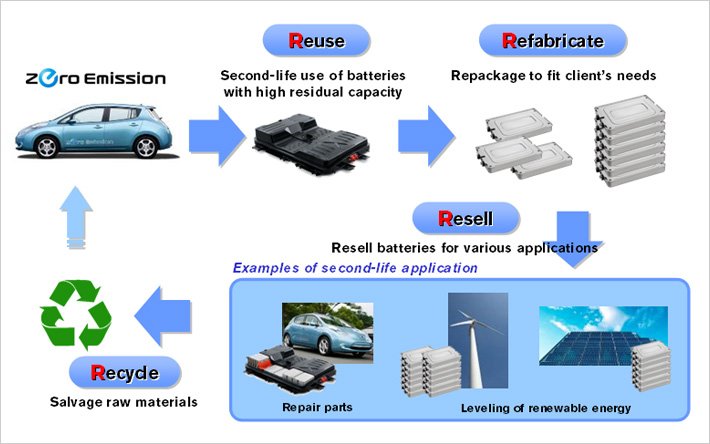
Smart Diagnostics: The Gateway to EV Battery Recycling and Second-Life Storage
How AI and IoT Are Changing the Game
At the heart of EV battery recycling and second-life storage innovation lies sophisticated battery diagnostics. Unlike traditional batteries, modern EV power cells contain valuable materials and often retain 70-80% of their original capacity when deemed unsuitable for vehicle use. Smart diagnostic systems leverage:
- Real-time battery health monitoring through embedded sensors tracking temperature, voltage, and capacity
- Machine learning algorithms that predict remaining useful life with increasing accuracy
- Cloud-based analytics platforms comparing individual battery performance against millions of data points
“The revolution in battery management systems means we can now make data-driven decisions about a battery’s second life rather than arbitrary ones,” explains Dr. Emma Chen, battery technology researcher at MIT. “This precision unlocks tremendous value in materials that would otherwise be prematurely recycled.”
These smart systems effectively serve as battery “doctors,” determining whether an aging EV battery should be repurposed for less demanding second-life applications or sent directly for material recycling.
Second-Life Applications: New Purpose for Aging Batteries
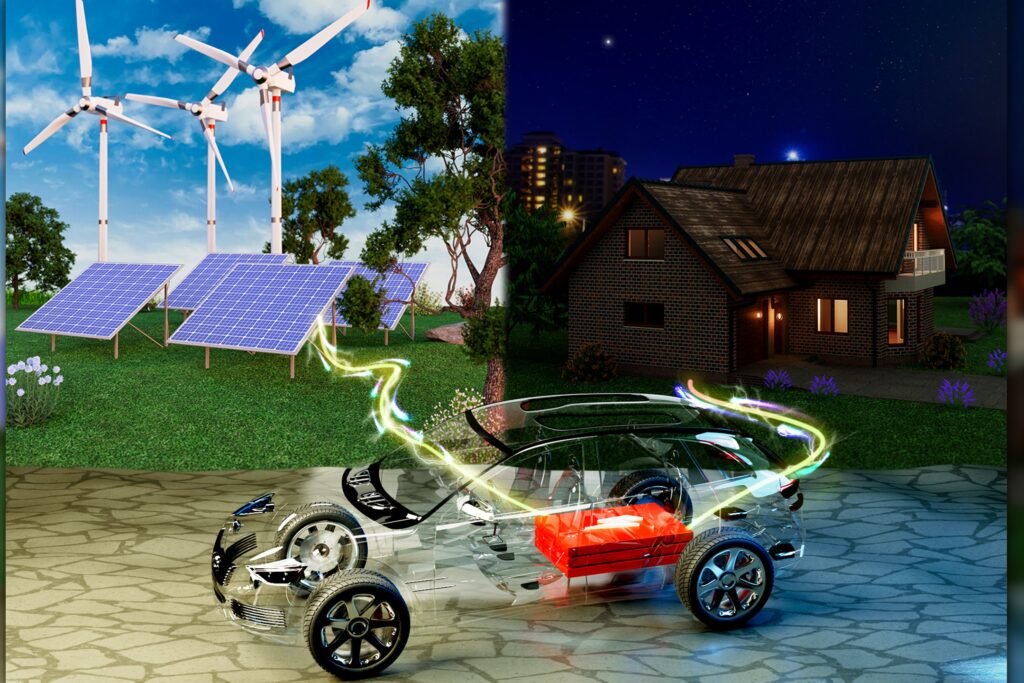
From Vehicles to Versatile Energy Storage
The most promising frontier in sustainable EV technology lies in repurposing vehicle batteries for stationary energy storage. When smart diagnostics identify batteries suitable for second-life use, they enter a new phase of usefulness that can last an additional 7-10 years.
Smart technology facilitates this transition through:
- Battery sorting and grading systems that group cells with similar performance characteristics
- Adaptive management software that optimizes battery performance in their new applications
- IoT-enabled monitoring for continued health assessment throughout second life
Real-world implementations of second-life EV batteries have already proven successful:
Nissan’s xStorage program repurposes Leaf batteries for home energy storage, allowing consumers to store renewable energy and reduce grid dependency.
Renault’s Advanced Battery Storage initiative has created one of Europe’s largest energy storage systems using retired EV batteries, providing 60 MWh of capacity for grid stabilization.
B2U Storage Solutions in California has deployed over 1,300 former EV batteries in a 25 MWh storage facility supporting renewable energy integration.
These applications demonstrate how EV battery recycling and second-life storage solutions can create value long after automotive use ends.
Advanced Recycling: When Smart Tech Meets Material Recovery
Robotics, Automation, and Chemical Innovation
When batteries eventually become unsuitable even for second-life applications, smart recycling technologies come into play. Traditional battery recycling has been labor-intensive and inefficient, recovering only a fraction of valuable materials. Today’s advanced systems change that equation completely.
Modern EV battery recycling facilities employ:
- Automated disassembly robots that safely separate battery components with precision human workers cannot match
- AI-powered sorting systems that identify and categorize materials with over 99% accuracy
- Hydrometallurgical processes that recover up to 95% of critical materials including lithium, cobalt, and nickel
Companies like Li-Cycle, Redwood Materials, and Battery Resourcers are pioneering these technologies, creating closed-loop systems where today’s batteries become tomorrow’s raw materials.
“Smart recycling technology has transformed what was a costly waste management problem into a profitable resource recovery opportunity,” notes James Li, CEO of Advanced Battery Solutions. “We’re now able to extract materials at purities that make them immediately suitable for new battery production.”
The Circular Economy: Smart Tech’s Biggest Impact

Creating a Closed-Loop Battery Ecosystem
Perhaps the most significant contribution of smart technology to EV battery recycling and second-life storage is enabling a genuine circular economy. By intelligently directing batteries to their optimal use case—whether extended vehicle use, second-life applications, or material recovery—these systems maximize resource efficiency.
The environmental benefits are substantial:
- Reduced raw material mining by recovering critical minerals from existing batteries
- Lower carbon emissions through extended product lifespans and manufacturing efficiencies
- Decreased landfill waste by diverting batteries into productive second uses
The economic advantages are equally compelling:
- New business opportunities in battery refurbishment and energy storage
- Reduced EV production costs through recovered materials
- Energy cost savings for businesses and homeowners using second-life storage
The Future of Smart EV Battery Management
What’s Next for Battery Sustainability
As we look ahead, the integration of smart technologies with EV battery recycling and second-life storage will only deepen. Developments on the horizon include:
- Blockchain-based battery passports tracking each battery’s history, composition, and performance data throughout its lifecycle
- Autonomous battery exchange facilities that handle the entire process from removal to redeployment
- Vehicle-to-grid (V2G) technologies allowing EV batteries to participate in energy markets while still in vehicles
These innovations promise to further enhance the sustainability and economics of electric vehicle adoption.
Conclusion
Smart technology has transformed EV battery recycling and second-life storage from a looming environmental challenge into a cornerstone of sustainable transportation. By extending battery usefulness and enabling efficient material recovery, these intelligent systems are closing the loop on battery lifecycle management.
As electric vehicles continue their global expansion, the importance of these smart recycling and repurposing technologies will only grow. For environmental professionals, energy experts, and EV enthusiasts alike, the message is clear: the future of electric mobility depends not just on better batteries, but on smarter ways to manage their entire lifecycle.
The revolution in EV battery management demonstrates that with the right technology and systems thinking, sustainability and economic growth can truly go hand in hand.



